Cathay Pacific’s frequent flyer program was formerly a combination of two programs. The first revolved solely around its points currency Asia Miles, and was known by the same name. The second focused on Tier levels and was known as the Marco Polo Club. The programs were recently combined and rebranded as Cathay, the new loyalty program of the oneworld Alliance member. Just to confuse matters though, Cathay’s points currency still goes by the name Asia Miles. Confused? Don’t worry, you’re not alone.
Cathay is an extremely versatile program, and it’s relatively easy to earn Asia Miles via participating Australian credit cards. In turn, those miles are great not only for booking short Qantas flights, but also lavish round the world trips involving multiple partner airlines.
While it’s not possible to directly earn Asia miles from credit cards in Australia, there are many flexible points programs that do have a transfer partnership. In this article, we’ll take a look at your many options for building a balance with Cathay in Australia. We’ll also examine how to maximise those rewards.
What is the best Cathay credit card sign-up bonus deal?
| Card | Bonus Flexible Points | Transfer Ratio | Asia Miles (equivalent) | Annual Fee | Expiry | Card Guide |
|---|---|---|---|---|---|---|
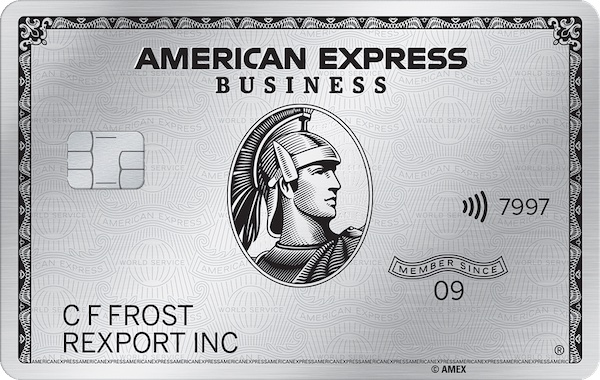 American Express Platinum Business ↓ | 350,000 Membership Rewards Points | 2:1 | 175,000 Asia Miles | $1,750 p.a. ongoing | 25 June 2024 | Read Here |
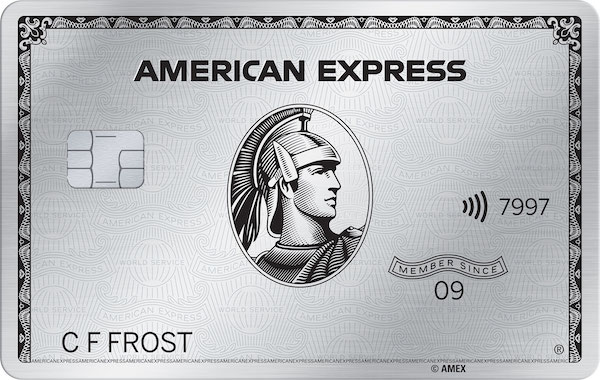 American Express Platinum ↓ | 150,000 Membership Rewards Points | 2:1 | 75,000 Asia Miles | $1,450 p.a. | 25 June 2024 | Read Here |
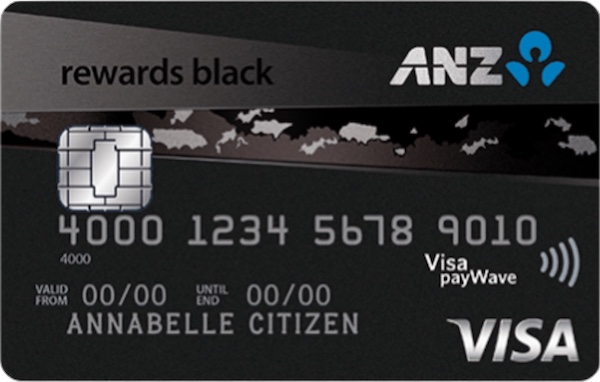 ANZ Rewards Black ↓ | 180,000 ANZ Rewards Points | 3:1 | 60,000 Asia Miles | $375 p.a. ongoing | ongoing | Read Here |
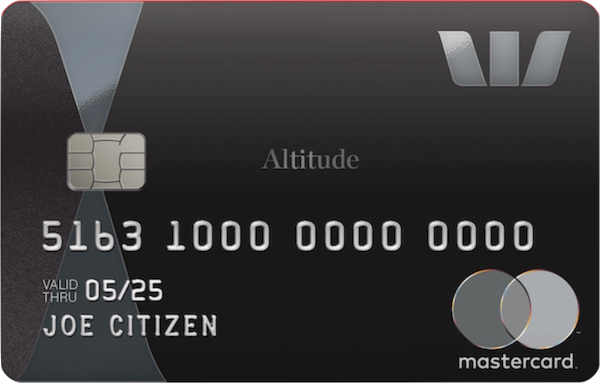 Westpac Altitude Rewards Black ↓ | 140,000 Altitude Points | 3:1 | 46,000 Asia Miles | $150 for the first year, $295 p.a. ongoing | 31 July 2024 | Read Here |
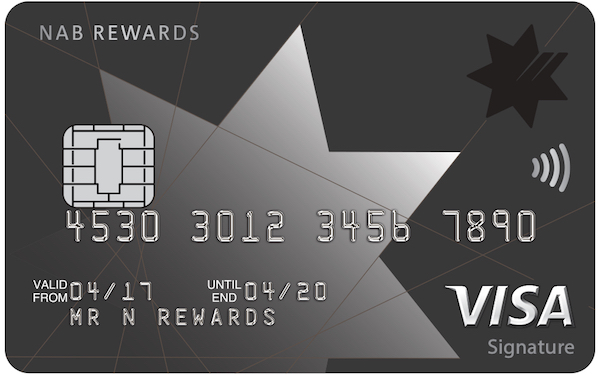 NAB Rewards Signature ↓ | Up to 140,000 NAB Rewards Points | 3:1 | Up to 46,600 Asia Miles | $145 for the first year $295 p.a. ongoing | ongoing | Read Here |
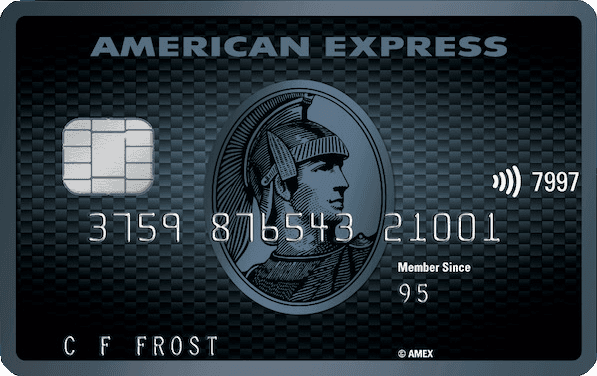 American Express Explorer ↓ | 50,000 Membership Rewards Points | 2:1 | 25,000 Asia Miles | $395 | ongoing | Read Here |
What is the best credit card for earning Asia Miles?
Here are just some of the flexible credit cards that allow points transfers to Cathay.
What is the easiest way to earn miles with Cathay?
Other than flying, the easiest way to earn Asia Miles in Australia is often through credit card spend.
In Australia, this usually takes place by earning points in a card’s own participating rewards program. After that, points from eligible programs can be converted onwards to Cathay.
This provides a great deal of flexibility. Those points can be kept with the bank until needed – and only converted to Cathay when it suits.
These programs can transfer points into miles with Cathay:
- American Express Membership Rewards: 2 points to 1 Asia Mile.
- ANZ Rewards: 3 points to 1 Asia Mile.
- Citi Rewards: 2.5 points to 1 Asia Mile (Citi Prestige card only).
- Commonwealth Awards: 3.5 points to 1 Asia Mile.
- Diners Club Rewards: 2 points to 1 Asia Mile.
- HSBC Rewards: 2 points to 1 Asia Mile (Premier members only).
- NAB Rewards: 3 points to 1 Asia Mile.
- Westpac Altitude: 3 points to 1 Asia Mile.
What could I look for in a Cathay-earning credit card?
- Transfer rates: Different programs have different transfer rates to Cathay, and it pays to pay attention.
For example, 120,000 Membership Rewards points would convert to 60,000 Cathay miles. But 120,000 Altitude Points would only convert to 40,000 Cathay miles.
- Earn rates: Check how many Cathay miles you’d earn on your everyday spend, too. Each card has its own ‘effective earn rate’, and it’s easy to calculate.
Let’s say you earn two reward points per dollar spent, and that card has a 3:1 transfer rate to Cathay. That’s effectively 0.66 Cathay miles per dollar spent.
You’ll find that most cards will deliver between 0.33 and 1.125 Cathay miles per dollar spent. Some cards will have caps on the number of points earned per month. That’s worth keeping in mind if you spend heavily or have a large purchase coming up.
- Bonus points offer: Most cards have a bonus points offer to attract new customers. It’s not uncommon to see sign-up bonuses of 100,000 rewards points or more. But remember, these bonuses are usually in bank points, rather than Cathay miles.
So, be mindful not to let the offers distract you from doing your homework and running the numbers for yourself. Check annual fees and spending criteria before applying, too.
- Bonus travel inclusions: Higher-end cards can offer other perks too, like Priority Pass membership for lounge access. Consider if these will be of any use to you.
- Included insurances: Platinum-grade cards tend to include some form of complimentary insurance. Travel insurance is the most common, but always check how it’s activated. In fact, be sure to read the Product Disclosure Statements (PDS) very carefully as well.
Some cards also offer perks like price drop protection, extended warranty or even smartphone screen damage cover.
What do I need to be mindful of with Cathay-earning credit cards?
Like any other credit card, points are just one part of the equation. Here are just some of the many other aspects you might consider as well.
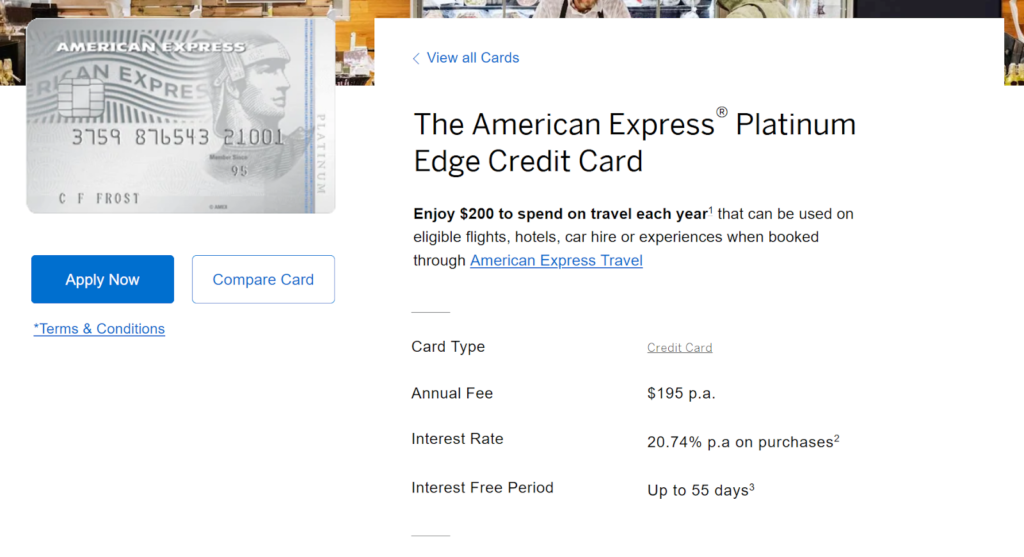
- Annual fee: Most rewarding credit cards have an annual fee. This generally helps cover the benefits provided by the card.
The more perks offered by a rewards credit card, the higher the annual fee. For example, both the $1,450/year American Express Platinum Card and the $395/year Explorer Card have the ability to earn Cathay miles at comparable rates. But they’re quite different in their other offerings. You’ll need to assess which one best suits your needs.
- Interest rate: All rewards cards have high interest rates. They really aren’t designed for carrying a balance from month to month. Rewards cards generally aren’t the best fit for those who struggle with credit card debt. Not only because earning points incentivises spending, but because the fees and interest would likely outweigh the benefit of any Cathay miles earned.
- Interest-free days: Most credit cards will allow 44-55 interest-free days on purchases. This gives you a little breathing space to pay off your purchases after each monthly statement arrives.
- Income requirements: Platinum-level rewards credit cards usually require a higher income level to apply versus lower-tier products. It’s commonplace for banks to ask for recent payslips to assist in verifying your income, and by extension, your eligibility for a particular product.
If you live with a partner, some banks may take your combined household income into account. But check with each issuer before applying.
What do I need to know before I apply for a credit card affiliated with Cathay?
Here’s a quick checklist of what you should know before applying for a rewards credit card:
- Am I eligible for the bonus points? Most cards will exclude you from bonus points if you have held that credit card in the last 12-18 months. The same exclusion may apply if you’ve recently held a card from the same product family. For instance, a Platinum rewards card from a bank that also has a Black rewards card. These rules are generally explained in the terms and conditions of a promotion.
- Can I easily fulfil the criteria for bonus points? Most bonus point offers require you to spend at least a certain amount on the card. This figure can be in the thousands of dollars. The time period for making that spend can also be short, such as over just a few months.
Cards with high minimum spend requirements attached to their bonus offer won’t suit everyone. While sometimes, paying bills early can be a way around this, it still won’t suit everyone.
- Is my credit score healthy? The chances of having your application accepted are much better if you have a good credit history.
How can I earn Asia Miles after I get my credit card?
Once you get your rewards credit card, be sure to meet the minimum spend requirements to unlock your sign-up bonus. Once that’s safely locked away, there are a few strategies to keep earning lots of points that you can later transfer to Cathay miles.
- Put your everyday purchases on the card: This can everything from hotel stays to bills, streaming TV to food delivery and more. This can maximise your points-earning potential – but this strategy relies on paying the credit card in full each and every month. Otherwise, the interest charges will usually exceed the value of the points you’d have earned over the same period.
- Keep an eye out for bonus offers: Check out our Frequent Flyer Deals Page for the latest promotions.
- Take advantage of transfer bonuses: Flexible rewards programs often run transfer bonus deals. These might offer 15-40% more points when transferring to certain programs. If Cathay is part of the promo, it could be a good time to transfer.
Frequently asked questions
The following answers are general in nature and do not take into account your personal circumstances. Be sure to consider all aspects of a credit card before applying.
The best frequent flyer card depends on everyone’s individual circumstances. This guide will help you understand all aspects of a rewards-branded credit card so you can make the best choice for yourself.
In Australia, there are no direct Cathay miles-earning cards. However, this guide will show you credit cards that you can apply for which can transfer reward points to Cathay.
In general, higher-tier credit cards with higher annual fees will come with heftier sign-up bonuses and a more solid points-earning rate.
Cathay is a very useful points program for travel with Cathay Pacific, Qantas and other oneworld partner airlines. Read more in our starter guide to the Cathay program.
Additional reporting by Chris Chamberlin.
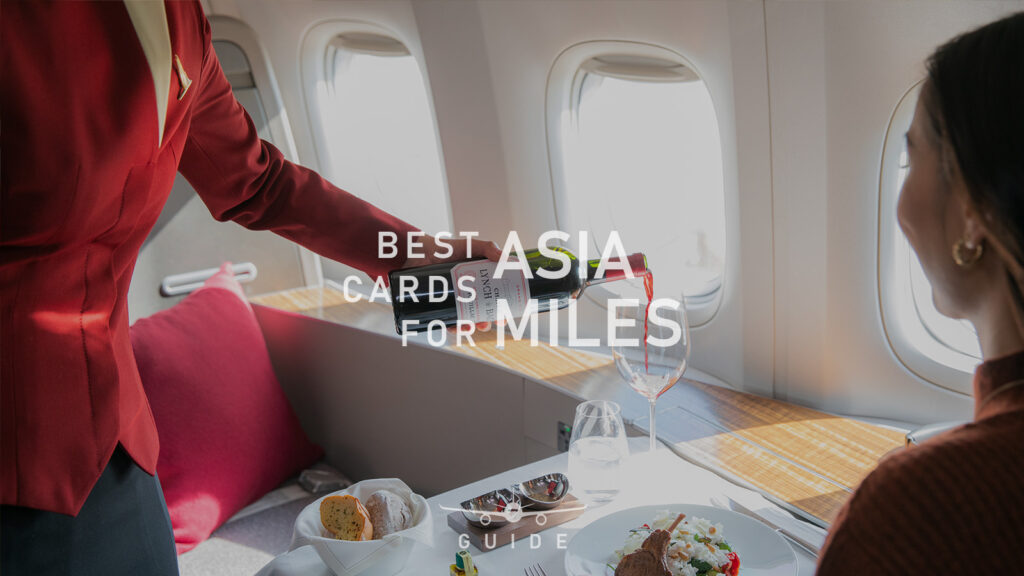
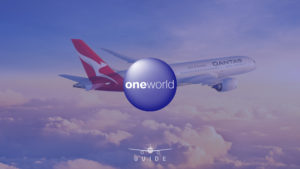


Community